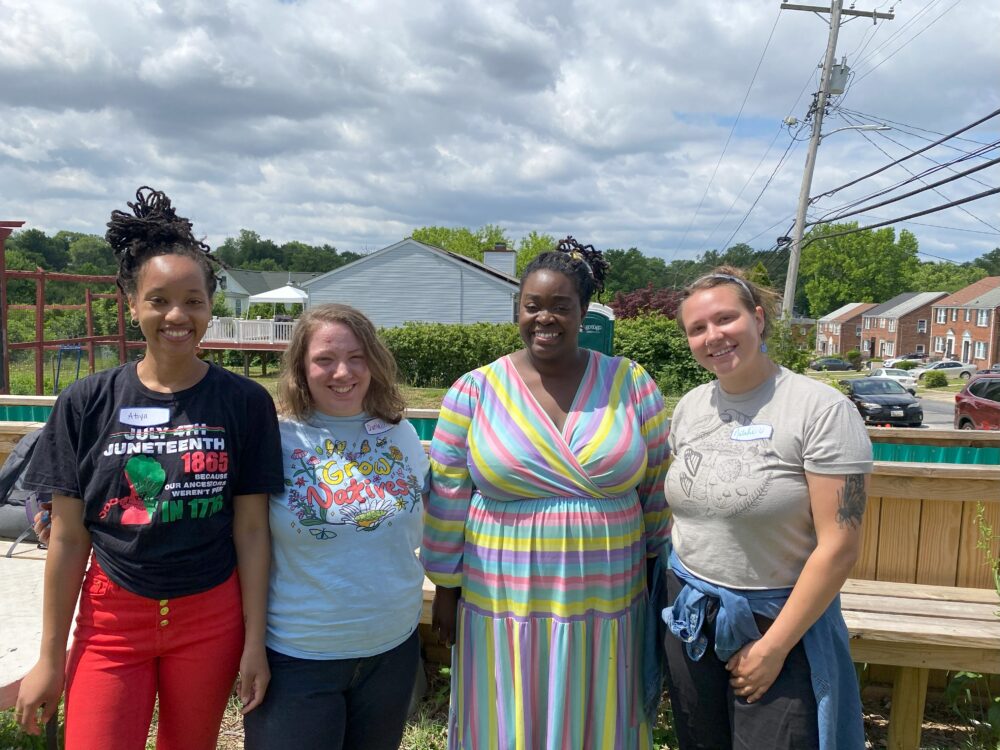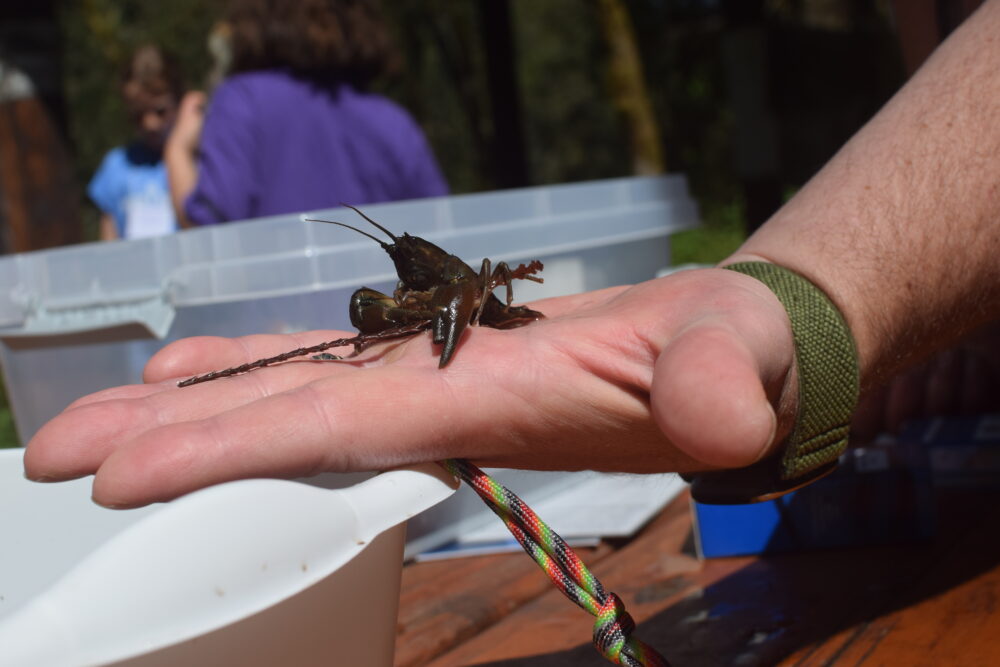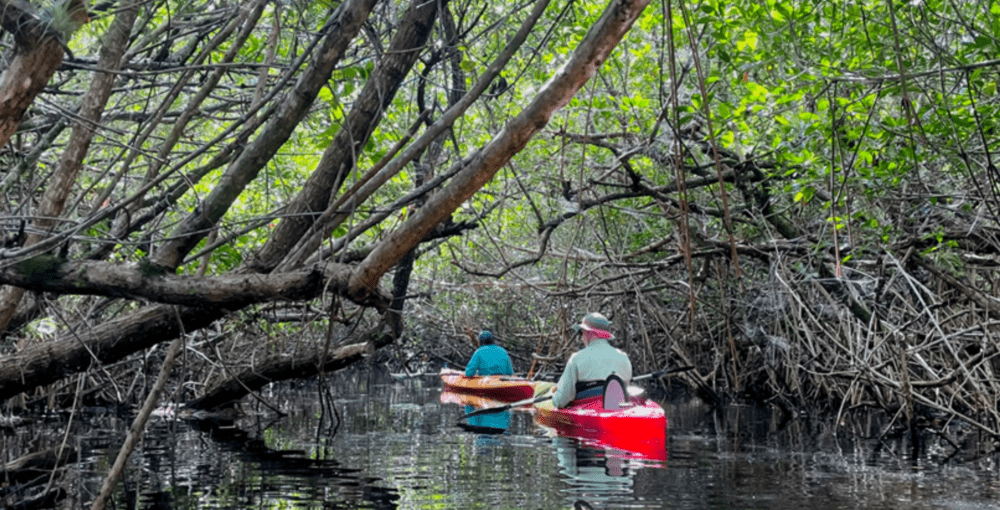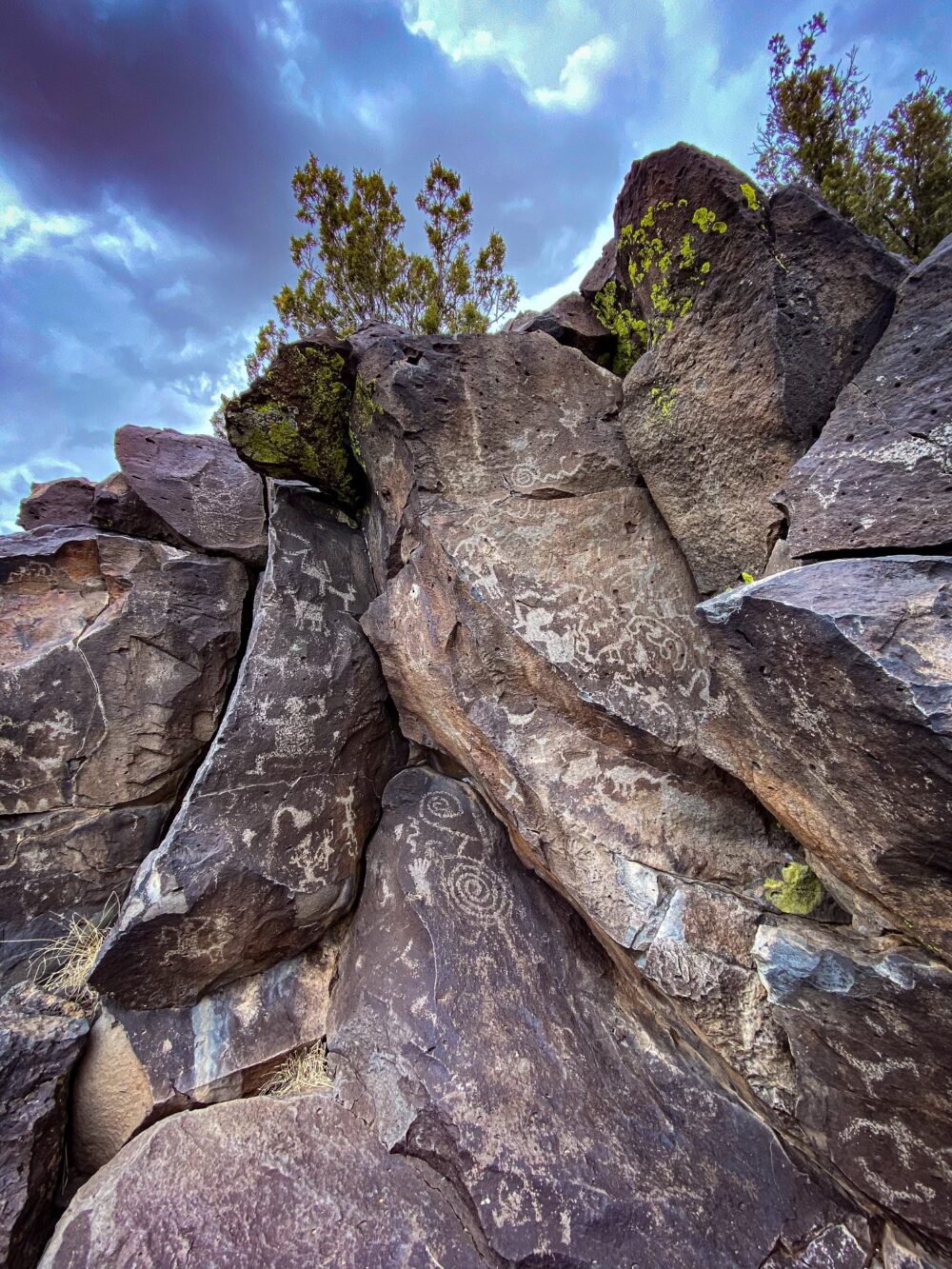We have much more to do and your continued support is needed now more than ever.
No Place Like Home? Northwest Native Visits Joshua Tree National Park
 Rianne BeCraft is the Education Outreach Coordinator in the Pacific Regional Office as an AmeriCorps intern. She works on NWF’s Be Out There, Eco-Schools USA, and Certified Wildlife Habitat® programs. Rianne is passionate about environmental conservation and loves getting outdoors.
Rianne BeCraft is the Education Outreach Coordinator in the Pacific Regional Office as an AmeriCorps intern. She works on NWF’s Be Out There, Eco-Schools USA, and Certified Wildlife Habitat® programs. Rianne is passionate about environmental conservation and loves getting outdoors.
[br]

I visited the Australian Outback when I was 12 years old as part of a student ambassador program, but Joshua Tree, where the Colorado Desert and Mojave Desert meet, was the first U.S. desert I’ve been to. I have seen a wide variety of ecosystems through my travels, and as an environmentalist, have been fascinated by all types. Joshua Tree was far from an exception. As my friend and I drove into the Joshua Tree National Park, I was in awe. “This feels like another planet,” I said. The dry, relatively barren scenery was a bit eerie for me. I’m used to the temperate rainforest with mixed coniferous and deciduous trees, lush vegetation in the lower canopies, and a lot of green … a lot.
The vegetation that claims your attention at Joshua Tree is that which the park is named after, the Joshua Tree (Yucca brevifolia). Joshua Trees are quite strange with dark green, linear leaves that taper to a point, and feel much like the top of a pineapple. You often find Joshua Trees leaning at a deep tilt with branches configured in all sorts of shapes and directions, making for a curious outline. The other bold characteristic of the desert park is the 100 million year old rock formations (monadnocks or inselbergs) that create tall mounds, frequently used for rock climbing and viewpoints.

So, while Joshua Tree isn’t anything like the Pacific Northwest’s forests, filled with our adorable chipmunk and chickadee friends, my appreciation and amazement of the desert was undeniable. However, although I knew I’d breathe in fresh air of affection when coming home to Washington, I was surprised by how relieved I was when I saw the colorful, fall deciduous leaves and green forested lands from the airplane window. When my friends ask when I’ll be back toL.A., I joke that I’m still healing from my coniferous tree withdrawals and will need some time for recovery.
After confessing my love for the Pacific Northwest, I do have to admit that I’ve been bit by the travel bug. Traveling in South America has shown me that there are incredible places to learn about and see elsewhere in the world, and I am eager to explore more. I believe that seeing a diversity of ecosystems will ensure that my amazement of nature, as well as my passion for environmental conservation, will never fade.

What place or ecosystem are you most connected to? Why? Is it home or somewhere else? Have you found attachment to your region’s characteristics? Where does you sense of stewardship come from? Please share!
Make sure to check out how the National Wildlife Federation works to inspire environmental stewardship values through our Be Out There, Eco-Schools USA, and Certified Wildlife Habitat® programs!
Photos courtesy of Rianne BeCraft




















